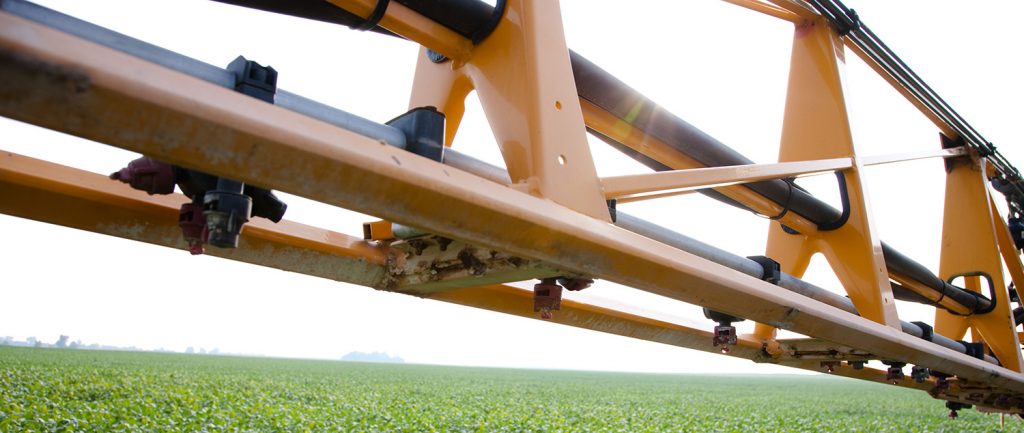Written by Minnesota Soybean Director of Research David Kee
The 2022 harvest finished a bit early for many of you. It is fall, which means it’s time to dig out your sampling probe and go collect samples. Many of you will be sampling soils for nutrient analysis, others for soybean cyst nematode, some for both. In any situation, your goal is to collect a representative sample to provide a good estimate for whatever you need determined.
A field map should be developed that divides your field into management units — areas you plan to manage similarly. This similar management will depend entirely on your specific operation. Some of you can change fertilizer rates or varieties on the fly, others of you can only plant one variety at a time, or do minimal changes; only you know what you have. Your field map should include soil associations, known abnormalities (old roads, fence lines, accidental over applications of manure, etc.) that might affect the measurements. These abnormal areas may be sampled separately. It depends on what you consider the management unit, and what is important in that management unit. Generally abnormal areas are noted, and then ignored.
Field maps are just the beginning of the project. Your samples should be placed in labeled containers and coded in such a manner that you know what sample goes to what area of the field. The implement used to collect a sample should be clean and contaminant free prior to collecting the sample. It may need to be extra robust as sampling in drought impacted soil may be a bit challenging. The “get a bigger hammer” mentality may be employed. During the sample process a cleaning regime should be implemented so the sampling tools stays containment free as possible. A good soil sample program requires almost as much time preparing to sample as it does to collect samples.
As you put together your field map, determine the sampling pattern. The sampling pattern depends on you, your system and your desired outcome. Random, zone or grid are all acceptable methods. Each has its strengths and weaknesses; the method chosen should be based on your unique situation.
Random means just that: random. The collector randomly covers the field, collects 5-25 subsamples, composites, prepares your sample, and then sends it off for analysis. With a zone pattern, the collector looks at the map and the field, divides the management area out into separate distinct zones. These zones are usually associated with geography, the hill top, hill side or bottom ground. However, the zone can be associated with cropping history, manure application or other man-made boundaries. With a grid pattern, the field map is subdivided into grid points, commonly at uniform distances and samples gathered within the grid unit.
Regardless of the sampling pattern, you should collect at least 5, preferably more, subsamples to composite for the analysis sample. Some people will recommend a Z, W, M or other pattern. Others will use a random around that particular point. The whole goal of any sampling procedure is to have results that emulate the region around the sample point or zone. A single sampling point can greatly skew the results; consequently, collecting a group of subsamples to composite into a single sample greatly enhances the probability of collecting a sample that accurately represents the region.
After the sample is collected, placed into a properly labeled sample container and then delivered to the appropriate lab, you’ll get the results. Sit down with your data and the real fun begins.
Click here to email David Kee.




